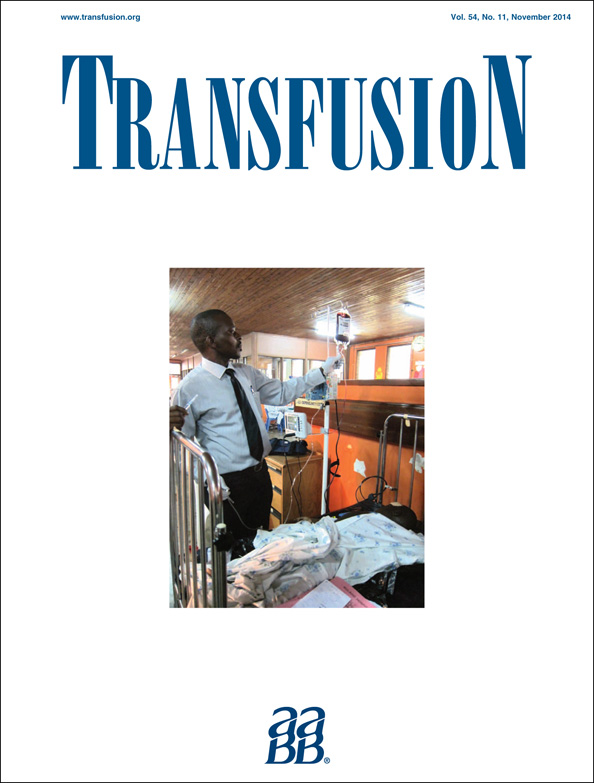Primary autoimmune neutropenia in adults: case report and review of the literature
Abstract
Background
Primary autoimmune neutropenia (AIN) is a rare and often unrecognized disorder in adults.
Study Design and Methods
We report the case of a patient referred to our institution for weight loss and severe chronic neutropenia with a negative personal history for severe recurrent infections.
Results
The patient was diagnosed with a lung infiltrate, and a bronchoalveolar lavage was positive for Pseudomonas aeruginosa. Antibiotic therapy was performed with resolution of infection, but persistence of neutropenia. Several investigations excluded the most common causes of neutropenia and a marrow trephine showed a maturation arrest of the myeloid lineage. Treatment with granulocyte–colony-stimulating factor (G-CSF) caused a transient increase in neutrophil counts. Based on the mild clinical history and the short-lived increase in neutrophil count after G-CSF, primary AIN was suspected. Intravenous immunoglobulins induced a short-lived increase in neutrophil count; primary AIN was confirmed about 5 months after discharge by direct and indirect granulocyte immunofluorescence tests. The patient was discharged and no further therapy was required for persistent severe neutropenia in the absence of recurrent infections.
Conclusion
Primary AIN should be considered early in the diagnostic process of isolated neutropenia, to avoid expensive and time-consuming unnecessary diagnostic procedures.




